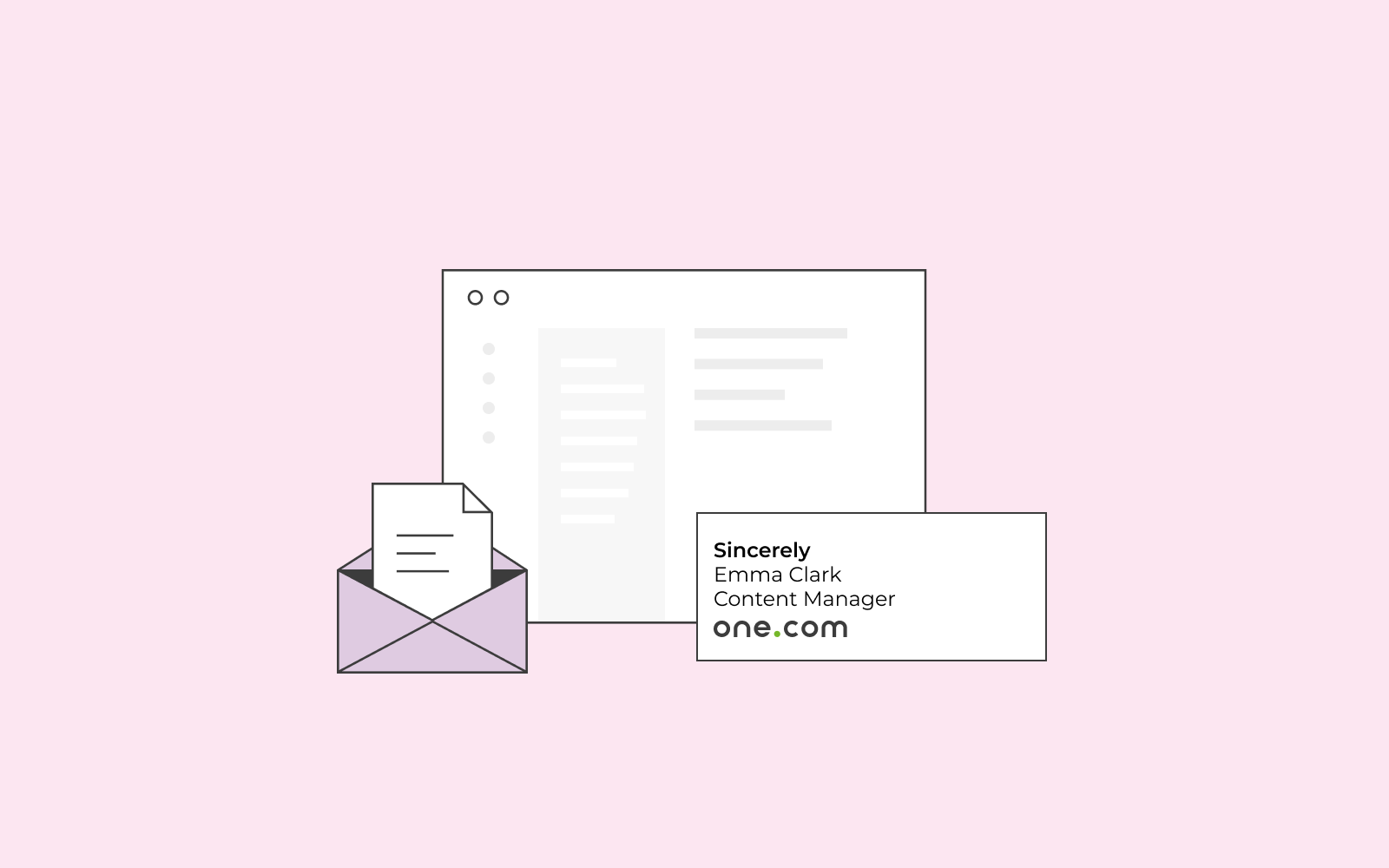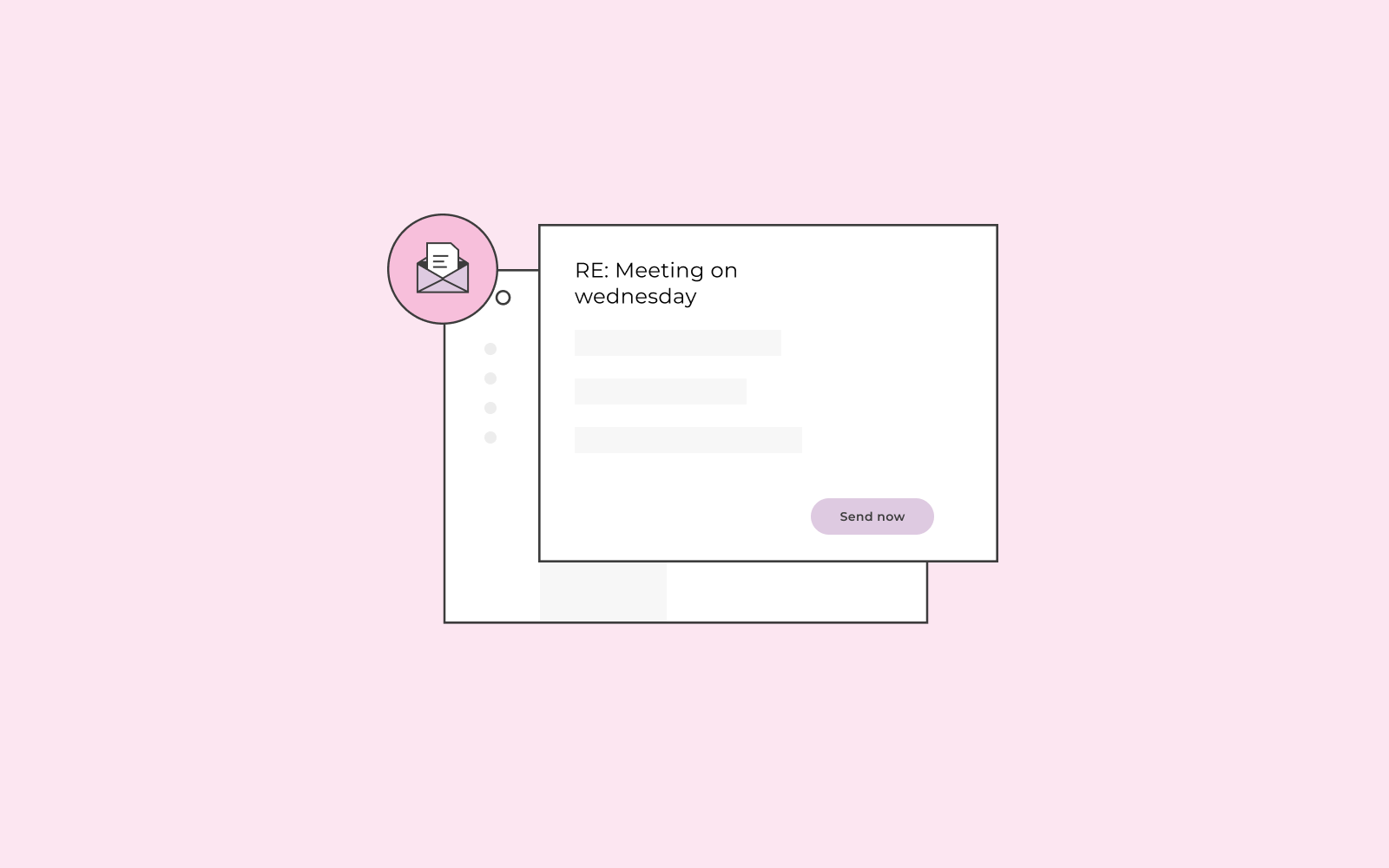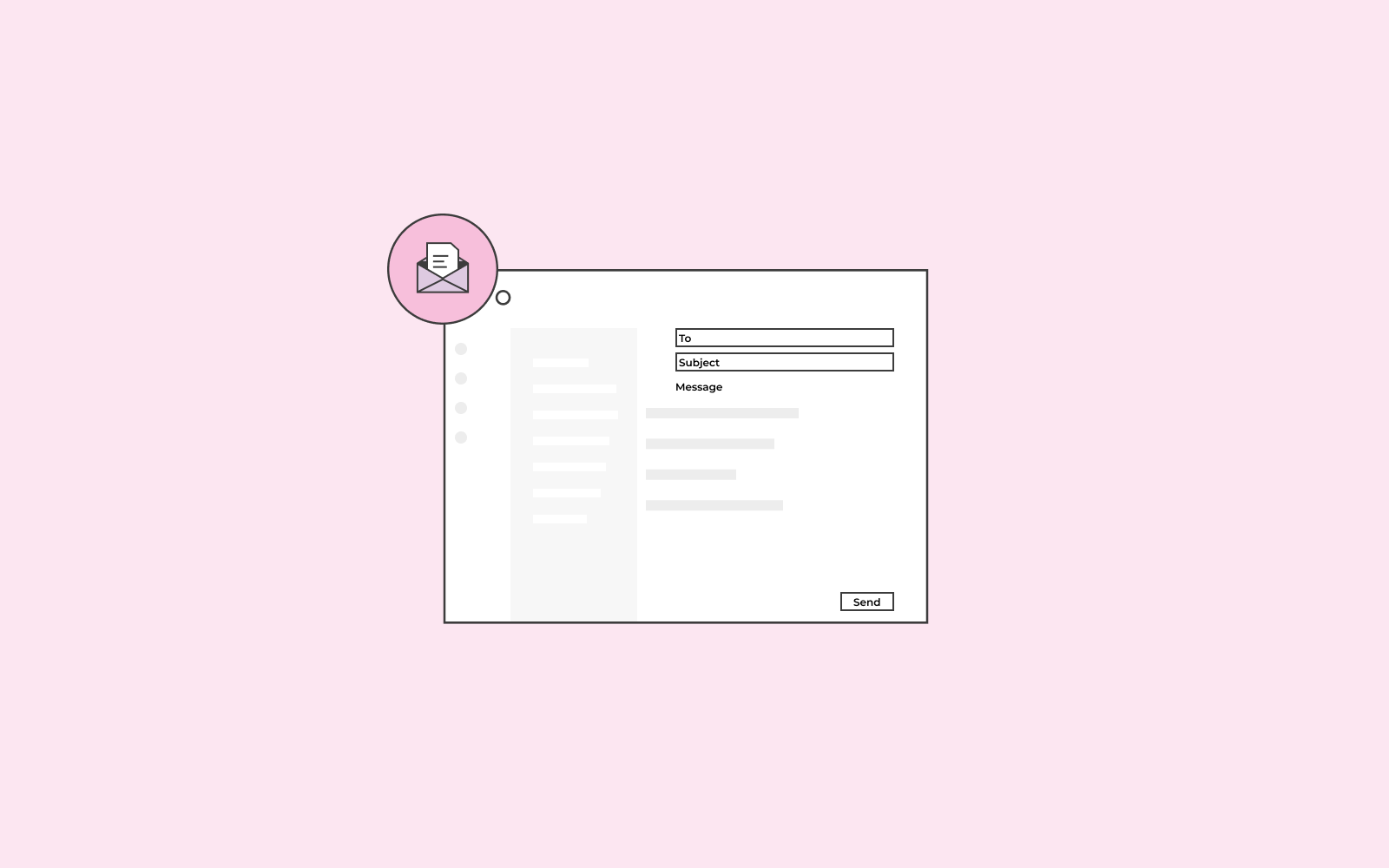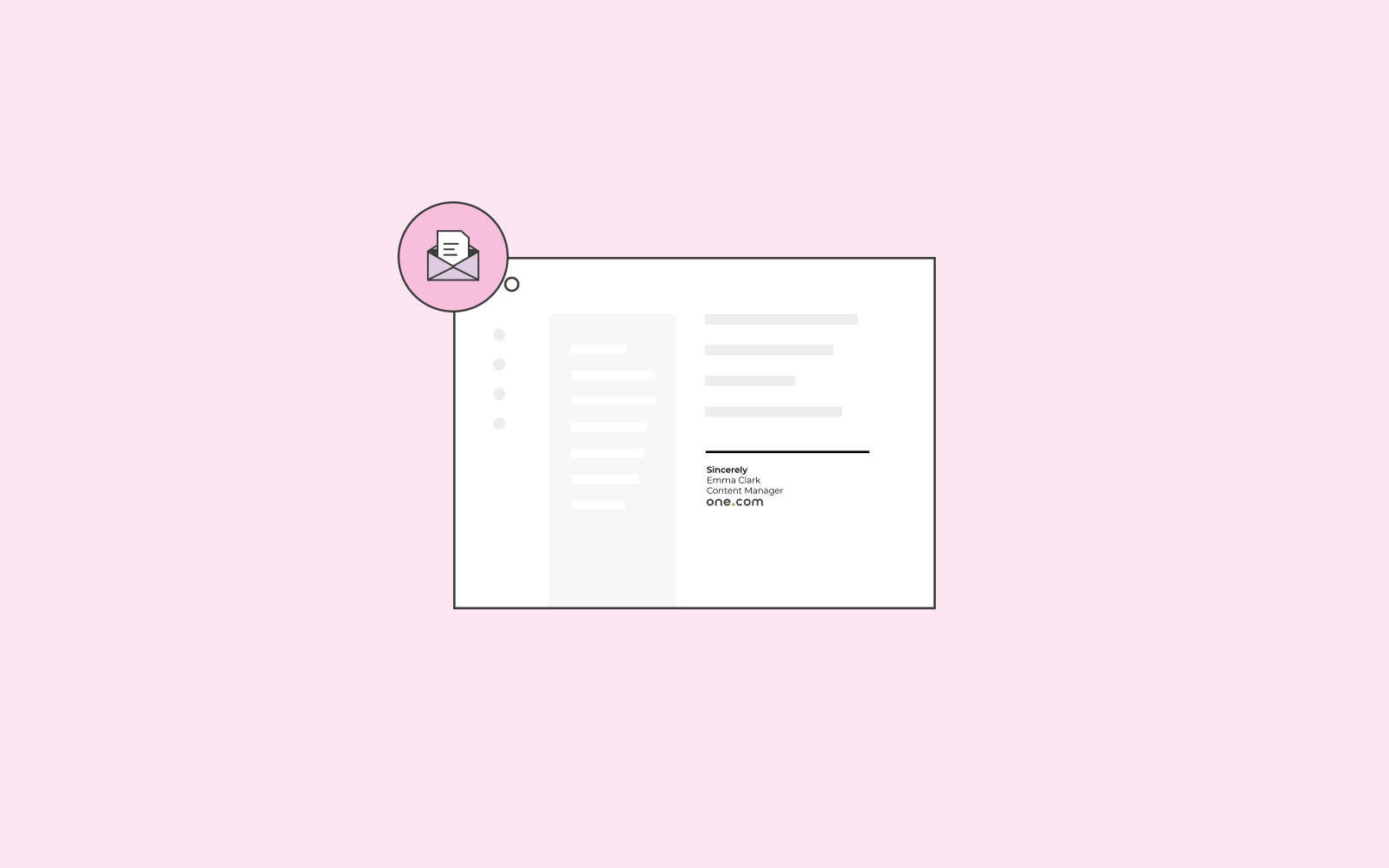What are the parts of an email address called?
Read everything you need to know about the composition of an email.
We write and send multiple emails daily. Writing and sending emails have become a massive part of our lives but do we know the name of the actual parts of an email address, also known as email suffix? Additionally, what do we call the parts of the actual email message; the body of the email?
In this article, we’ll dig a bit deeper into the composition of an email and the email address terminology.
On this page
Email parts name
Let’s start with the parts of an email address. An email address is composed of three parts. Suppose one of the three components are missing when you’re sending your email message. In that case, you’ll receive an automatic email stating, for example, that the email could not be sent due to incorrect address information. Another example could be that you’ve sent the email message to another person, someone you did not intend to send an email to at all. Let’s get into the three parts of an email address.
- Username
This one is simple and straightforward. Every time you create an email account, you get to decide what you’d like your username to be. The username can be your name, the name of your business, or anything you want people to associate you with.
Your username must be unique; you can’t have the exact email address as someone else.

- Symbol
After choosing your username, the next part of an email address is the @ symbol, also known as at sign. The at sign is used to direct someone to something. Let’s say that you’re emailing Emma (a fictional character), who works at one.com. The at sign would come after her name. You are, in a way, saying that you want to get in touch with Emma at one.com.
- Domain
The last part of the email address is the domain that comes right after the at sign. The domain consists of the name of the email server and the top-level domain. So, for example, if we continue with the example of Emma@one.com, one is the name of the email server, and .com is the top-level domain.
Many companies offer other domain extensions than the common .com or .co.uk etc. Thus, if you’re working at an educational institution, you can use .edu, and if you’re working for a government agency, you can use .gov.
The domain part is also known as the email suffix, so if someone would ever ask for your email suffix, you would give them the information that comes after the sign. In the example’s case, it would be one.com.

Composition of email
Now that we know what an email suffix is and all the parts it contains, let’s get into the actual body of the email.
It’s essential to get the elements of an email message written correctly, especially if you’re writing and sending a professional email.
- Subject line
An email message starts with a subject line. The subject line is in place to let the email recipient know if the email message is urgent or not. For example, the email recipient might be sitting in a meeting when they receive the email; they can read the subject line and determine whether to read the email or wait until after the meeting.
- Sender
The next component of the composition of the email is the sender. You need to write down the email address of the person you’re sending the email to send the email message.

- Recipient
The recipient, in this case, is you. You will see that once you have sent an email, it will state ‘me’ after sender. If you click on that, you will see your email address.
- Email message
Now, you’ve come to the message part. This is where you write your message to the recipient. If it’s a professional email you’re writing, make sure that you give a proper salutation before beginning your message.
You can add links, images, and attachments to your message here as well.
Again, don’t forget to give a good closing statement if you’re sending a professional email.

- Signature
Finally, this is where you leave your signature. Writing a good email signature is essential. Your signature should contain your name, your phone number, your logo etc. It’s up to you and up to what you’re trying to convey.
What our customers say about us
“Love having my internet business with one.com. I have all my websites and also client’s sites and mail there. Highly recommend them.” – Andreas
